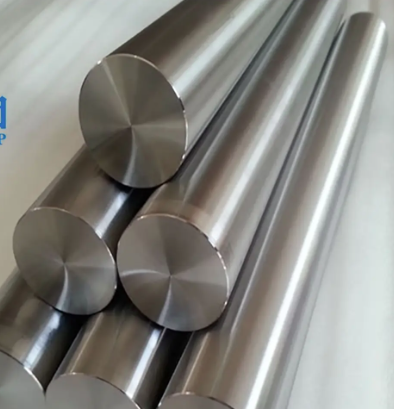The main alloying elements are copper, chromium, and molybdenum. It has good comprehensive properties and can resist various acid corrosion and stress corrosion. The earliest application (produced in the United States in 1905) is nickel-copper (Ni-Cu) alloy, also known as Monel alloy (Monel alloy Ni 70 Cu30); in addition, there are nickel-chromium (Ni-Cr) alloy (that is, nickel-based heat-resistant alloy, heat-resistant corrosion alloy in corrosion-resistant alloy), nickel-molybdenum (Ni-Mo) alloy (mainly Hastelloy B series), nickel-chromium-molybdenum (Ni-Cr-Mo) alloy (mainly Hastelloy C series), etc. At the same time, pure nickel is also a typical representative of nickel-based corrosion-resistant alloys. These nickel-based corrosion-resistant alloys are mainly used to manufacture various corrosion-resistant environment parts such as petroleum, chemical industry, and electricity.

Nickel-based corrosion-resistant alloys mostly have austenitic structure. In the state of solid solution and aging treatment, there are intermetallic phases and metal carbonitrides in the austenite matrix and grain boundaries of the alloy. The various corrosion-resistant alloys are classified by composition and their characteristics as follows:
Ni-Cu alloy has better corrosion resistance than nickel in reducing media, and better corrosion resistance than copper in oxidizing media. It is the best material for high-temperature fluorine gas, hydrogen fluoride and hydrofluoric acid in the absence of oxygen and oxidants (see metal corrosion).
Ni-Cr alloy is also a nickel-based heat-resistant alloy; it is mainly used in oxidizing media. It is resistant to high-temperature oxidation and corrosion by gases containing sulfur, vanadium, etc., and its corrosion resistance increases with the increase of chromium content. This type of alloy also has good resistance to hydroxide corrosion (such as NaOH, KOH) and stress corrosion.
Ni-Mo alloy is mainly used under conditions of reducing medium corrosion. It is the best alloy for hydrochloric acid corrosion resistance, but its corrosion resistance will decrease significantly in the presence of oxygen and oxidants.
Ni-Cr-Mo(W) alloy has the properties of the above-mentioned Ni-Cr alloy and Ni-Mo alloy. Mainly used in oxidation-reduction mixed medium conditions. This type of alloy has good corrosion resistance in high-temperature hydrogen fluoride gas, hydrochloric acid and hydrofluoric acid solutions containing oxygen and oxidants, and wet chlorine gas at room temperature.
Ni-Cr-Mo-Cu alloy has the ability to resist both nitric acid and sulfuric acid corrosion, and also has good corrosion resistance in some oxidation-reduction mixed acids.

